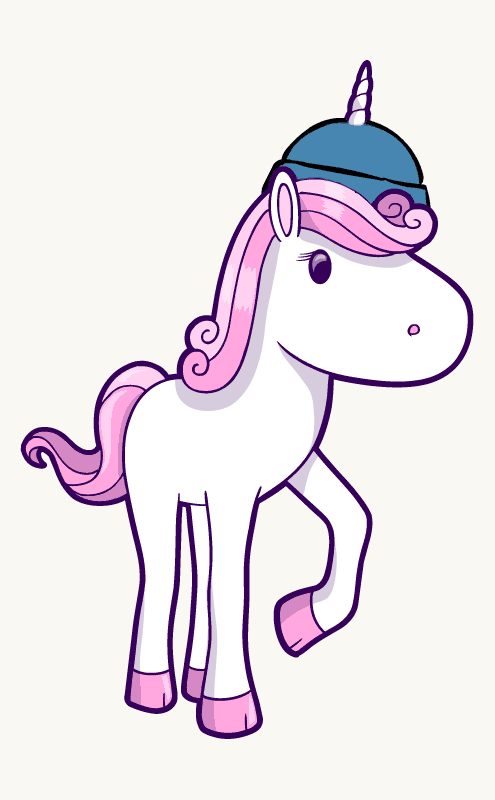
AT FIRST GLANCE, November 2016 has bigger fish to fry than a small, cult holiday celebrated by web developers and designers.
Each day since November 8, 2016 has brought new, and, to some of us, unimaginable challenges to the surface. Half of America is angry and terrified. The other half is angry and celebrating. At a time like now, of what possible use is an annual holiday celebrated mainly on social media by a tiny posse of standards- and accessibility-oriented web developers and designers?
From Blue Beanies to Black Hats
Many web developers have “moved on” from a progressive-enhancement-focused practice that designs web content and web experiences in such a way as to ensure that they are available to all people, regardless of personal ability or the browser or device they use.
Indeed, with more and more new developers entering the profession each day, it’s safe to say that many have never even heard of progressive enhancement and accessible, standards-based design.
For many developers—newcomer and seasoned pro alike—web development is about chasing the edge. The exciting stuff is mainly being done on frameworks that not only use, but in many cases actually require JavaScript.
The trouble with this top-down approach is threefold:
Firstly, many new developers will build powerful portfolios by mastering tools whose functioning and implications they may not fully understand. Their work may be inaccessible to people and devices, and they may not know it—or know how to go under the hood and fix it. (It may also be slow and bloated, and they may not know how to fix that either.) The impressive portfolios of these builders of inaccessible sites will get them hired and promoted to positions of power, where they train other developers to use frameworks to build impressive but inaccessible sites.
Only developers who understand and value accessibility, and can write their own code, will bother learning the equally exciting, equally edgy, equally new standards (like CSS Grid Layout) that enable us to design lean, accessible, forward-compatible, future-friendly web experiences. Fewer and fewer will do so.
Secondly, since companies rely on their senior developers to tell them what kinds of digital experiences to create, as the web-standards-based approach fades from memory, and frameworks eat the universe, more and more organizations will be advised by framework- and Javascript-oriented developers.
Thirdly, and as a result of the first and second points, more and more web experiences every day are being created that are simply not accessible to people with disabilities (or with the “wrong” phone or browser or device), and this will increase as standards-focused professionals retire or are phased out of the work force, superseded by frameworkistas.
#a11y is Code for “Love Your Neighbor”
This third point is important because people with disabilities are already under attack, by example of the U.S. president-elect, and as part of of a recent rise in hate crimes perpetrated by a small but vocal fringe. This fringe group of haters has always been with us, but now they are out of the shadows. They are organized and motivated, and to an unmeasured degree, they helped Donald Trump win the White House. Now that he’s there, people of good will ardently hope that he will condemn the worst bigots among his supporters, and fulfill his executive duties on behalf of all the people. I’m not saying I expect him to do this today. I’m saying I hope he does—and meantime it behooves us to find ways to do more than just hope. Ways to make change.
One small thing designers and developers can do is to make accessibility and usability Job 1 on every project. And to take a broad view of what that means. It means taking people’s messy humanity into account and designing for extreme ends of the bell curve, not just following accessibility authoring guidelines. (But it also means following them.)
In doing those things, we can love our neighbors through action. That—and not simply making sure your HTML validates—is what designing with web standards was always about.
On November 30, I will put on my blue hat and renew my commitment to that cause. Please join me.
Also published on Medium.












